Catocala meskei
Catocala meskei
kah-TOCK-uh-lahmmMES-kee-eye
Grote, 1873
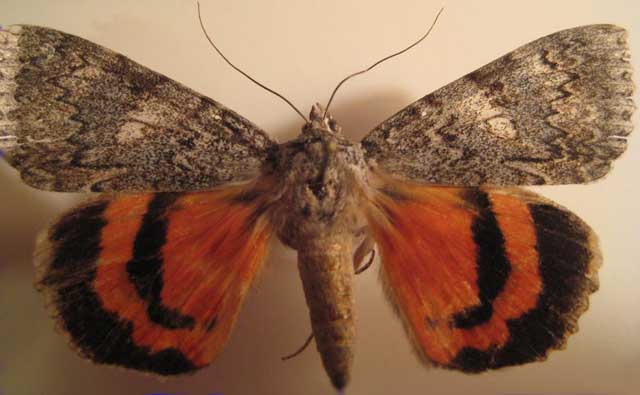
Catocala meskei male, Jay County, Indiana,
65mm, August 30, 2009, courtesy of Scott Mescher.
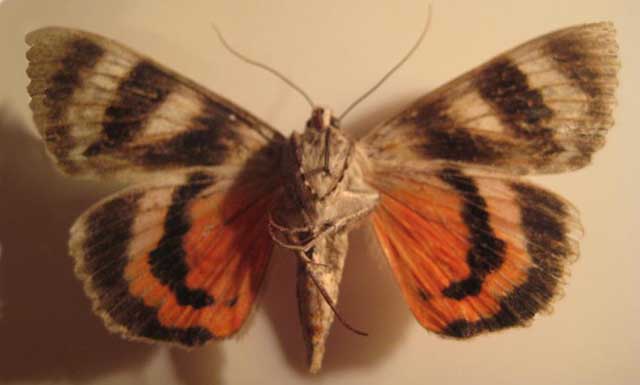
Catocala meskei male (verso), Jay County, Indiana,
65mm, August 30, 2009, courtesy of Scott Mescher.
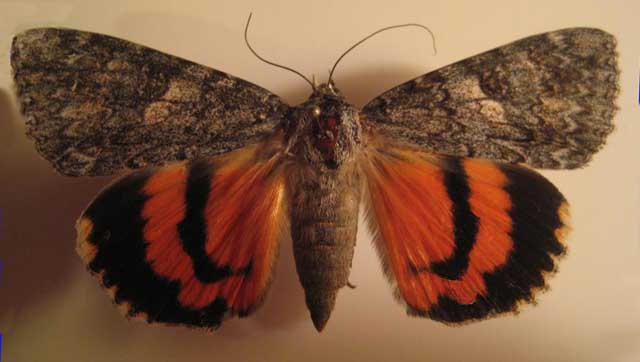
Catocala meskei female, Jay County, Indiana,
74mm, August 25, 2009, courtesy of Scott Mescher.
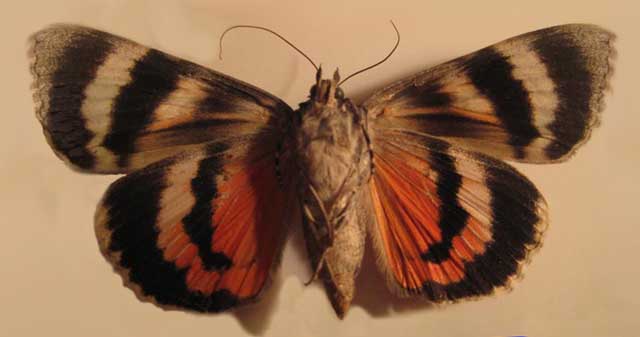
Catocala meskei female (verso), Jay County, Indiana,
74mm, August 25, 2009, courtesy of Scott Mescher.
This site has been created by
Bill Oehlke at oehlkew@islandtelecom.com
Comments, suggestions and/or additional information are welcomed by Bill.
| TAXONOMY:
Superfamily: Noctuoidea
Family: Noctuidae
Group: Noctuinina
Subfamily: Catocalinae
Genus: Catocala, Schrank, 1802
| |
MIDI MUSIC
"Moon River"
copyright C. Odenkirk
MIDI CITYON.OFF
<bgsound src="moon.mid" LOOP=FOREVER>
|
I have made some digital repairs to forewing outer margins on the moths depicted above.
Catocala meskei are consistently between 65mm and 75mm in wingspan, with females tending to be larger than males.
In the paler specimens, the more common form, the forewing ground colour is pale grey with NO strongly contrasting dark markings.
There is a diffuse brownish-grey region between the pm line and the subterminal line below the upper two pm line "teeth" which are not greatly elongated.
The subreniform spot is large, frequently notched on its inward side, slightly paler than its surroundings, and it meets the thin but distinct black pm line in an
extended constricture, which may or may not be slightly open.
The area above the subreniform spot, internal to the reniform spot,
also tends to be paler than surroundings, and there is a thin tracing of white to pale grey scales along the inward side of the diffuse,
slightly darker grey subterminal line. The am line is also distinct, but diffuse and only slightly darker than surroundings.
The forewing outer margin tends to be slightly convex.
On the hindwing, there is significant bleeding of orange-salmon into the white, heavily checked fringe. The black median band tends to be relatively narrow
and straight, especially on its inward side, until it turns toward the inner margin at an almost (slightly obtuse) ninety degree angle. The basal area tends to be clear
(without dark hairs).
On the ventral surface of the hindwing, the discal lunule is either weak or completely missing. Internal to the median band, the salmon scaling continues
almost to the inner margin.
There is a melanic (much darker) form, krombeini.
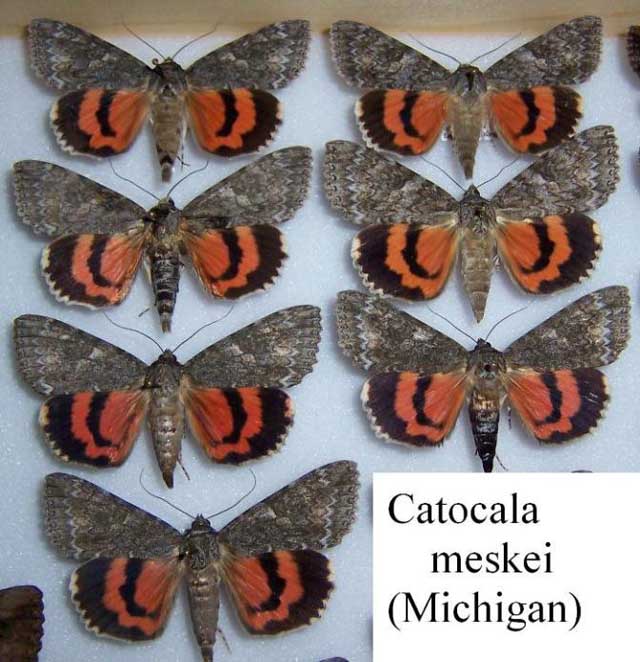
Catocala meskei series from Michigan, courtesy of Harry Dale King.
Use your browser "Back" button to return to the previous page.
Return to Main Index
This page is brought to you by
Bill Oehlke and the
WLSS. Pages are on space rented from Bizland. If you would like
to become a "Patron of the Sphingidae/Catocala Sites",
contact Bill.
Please send sightings/images to Bill. I will do my best to respond to
requests for identification help.




